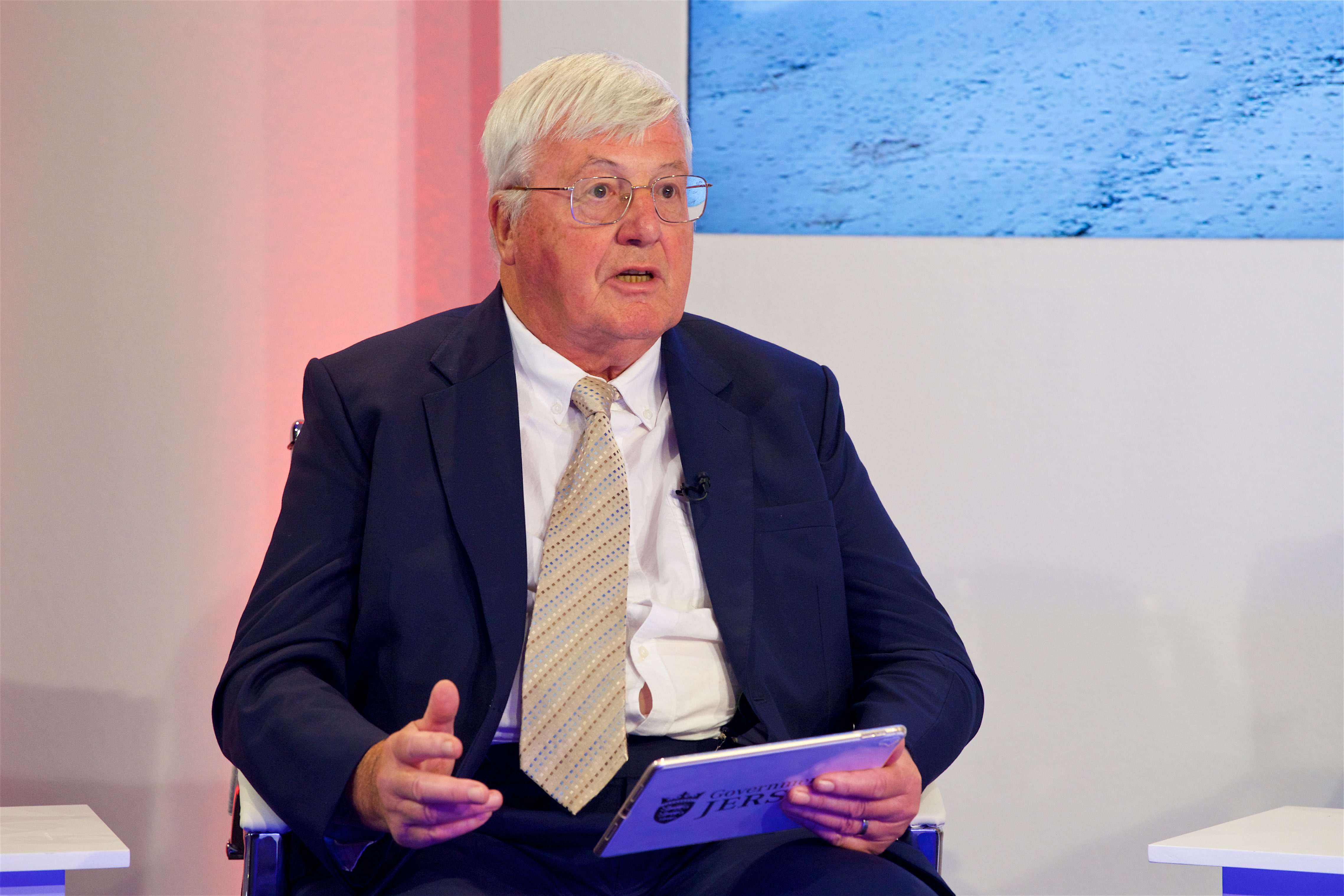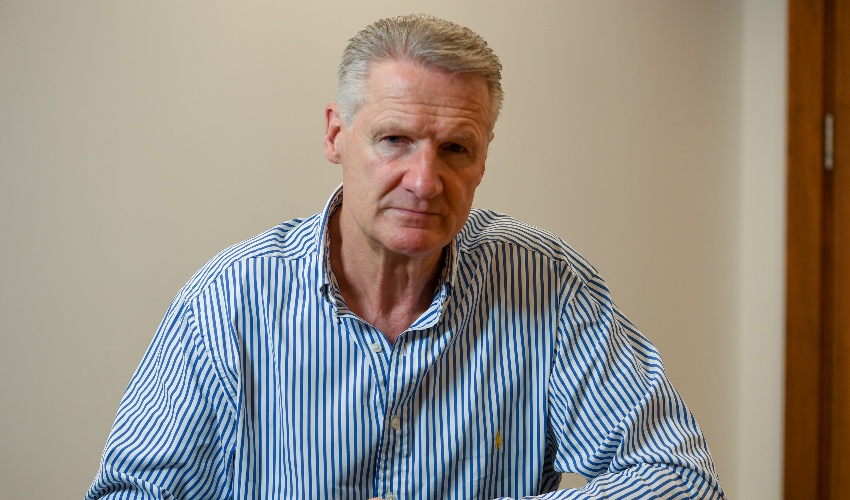


How the Government allowed mounds of contaminated waste to be built up over two decades illegally should be investigated, campaigners and a former Minister are arguing – but the current Infrastructure Minister says it would be a "complete waste of public money".
However, Infrastructure Minister Tom Binet said he feels "finger pointing won't achieve anything" and there was too much other work to get on with.
On Thursday, an application seeking retrospective approval for the creation of two mounds containing 400,000 tonnes of hazardous material was granted by the Planning Committee.
These headlands, which started building up from the early noughties, were constructed without planning permission. The Infrastructure Department did submit an application to “super-fill La Collette with hazardous waste” in 2016 but it held it back from determination as new contaminated material from the West of Albert reclamation site arrived.
Now that the existing headlands have official permission to be there and are no longer “illegal”, some islanders have asked how the mounds ever came to exist without consent, and how can the Government ensure it never happens again.

Pictured: Work to create the 'La Collette 2' reclamation site began in 1993. The site had planning permission to fill in the space, but only to the top of its outer breakwater.
Micheal du Pré, Chair of SOS Jersey said: “Most of those responsible for not seeking permission are still with us today and should be held accountable.
"Had they performed their responsibilities properly and openly the island would have started looking for a solution to the whole problem many years ago."
He continued: “This is a prime example of the ‘Jersey Way’ whereby, in this case, hazardous waste that had to be dumped in order that certain major building projects desired by a few interested people could be built, was either recklessly or intentionally overlooked by those responsible for making sure that permission was granted.
“No small issue and one that should be followed up by the Law Officers and the Attorney General."
He added: “Unfortunately, the root of this problem lies in the fact that those responsible and accountable for such matters regulate themselves.
"An independent environmental regulator would most likely have picked this up but the ‘Jersey Way’ is still held to be the best way to deal with such matters.”
Former Environment Minister John Young agreed that there needed to be a review of what happened.

Pictured: Former Environment Minister John Young said it was important to collect evidence and see if legal action was required.
“I think that there needs to be an investigation and a report of what has happened should then go to the AG and he would have to make a judgment on the evidence and assess if there is a case for legal proceedings,” he said.
“I have no idea if that has happened, but it should."
“I would be prepared to face questions from any investigator," the former Minister added. "The planning system has been shown to be wanting because any safeguards appear to have fallen away.
“If Jersey simply rubber stamp such a grave transgression, how can the planning system ever carry out enforcement action against someone in the private sector? Morally, it cannot.”
Asked about his own involvement in the matter when Environment Minister, Mr Young said: “I was not aware of the 2016 application, which was then deferred, and I am as shocked now about this lack of permission as when I first heard about it, which was after I had left office. I cannot remember as serious a contravention of the planning law as this.
“Never was it said to me that the activities at La Collette were carrying on without valid planning consent in place.”
SOS Jersey coordinator David Cabeldu struck a more conciliatory tone.
“We need to get answers but we also need to be pragmatic," he said.
"Many of the relevant officers are no longer in post, politicians have moved on and we need to assess what any review would achieve.
“Deputy Binet claims he has a plan to improve things going forward, so we need to primarily make sure he delivers on that.”
"We are where we are"
In response to the call for an investigation, Deputy Binet said: "It would be a complete waste of public money. We are where we are and we have to be practical. Finger pointing won't achieve anything and we have far too much work to be getting on with."
Although Deputy Binet conceded on Thursday that the headlands had been illegal, he has previously stressed the point that they received political support in July 2000, when the Assembly approved the ‘La Collette Reclamation Site Phase II - Development Framework’.

Pictured: Infrastructure Minister Tom Binet: "An investigation would be a complete waste of public money."
This designated areas of the reclaimed land for the super-filling of waste, which is piling it up above ground level.
Explaining the rationale for this, the framework stated: “Given the difficulties in finding a satisfactory alternative for the future disposal of inert and non-combustible waste materials, it is considered to be in the island’s best interests to maximise the lifetime of La Collette as a tip site and to incorporate super-filling.
“This will also enable the creation a landscaped buffer, screening the site from the east, and provide an area of public open space.”
Deputy Binet has also pointed out that previous Island Plans have identified La Collette as the Island’s primary waste management site, a designation that is included in the current version, which was approved last year.
A second planning application which requests permission to grow the headlands by another 4.5m on top of Thursday’s permitted height, as well as create new ones of inert waste, has been recently submitted.
Comments
Comments on this story express the views of the commentator only, not Bailiwick Publishing. We are unable to guarantee the accuracy of any of those comments.